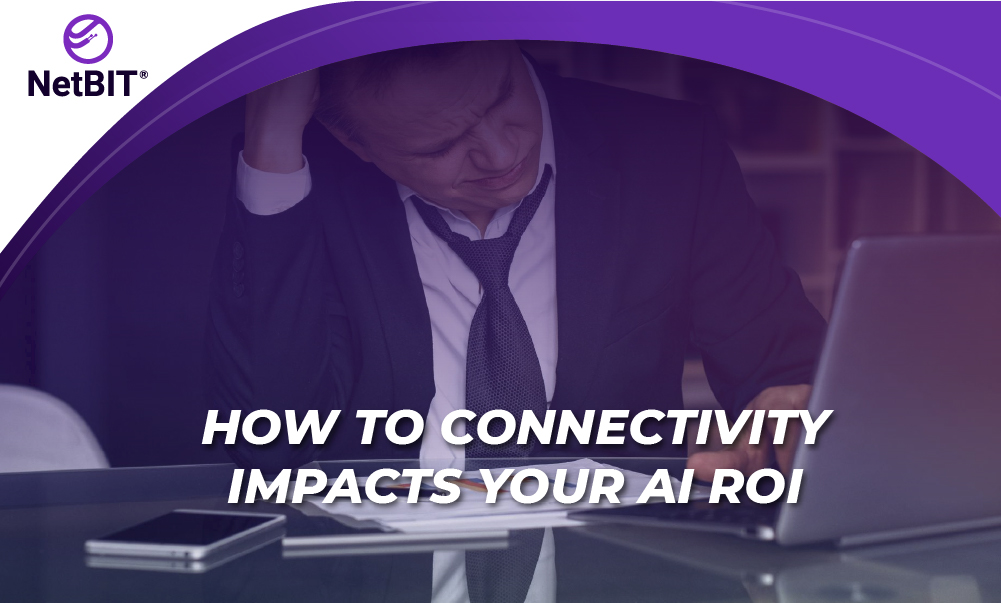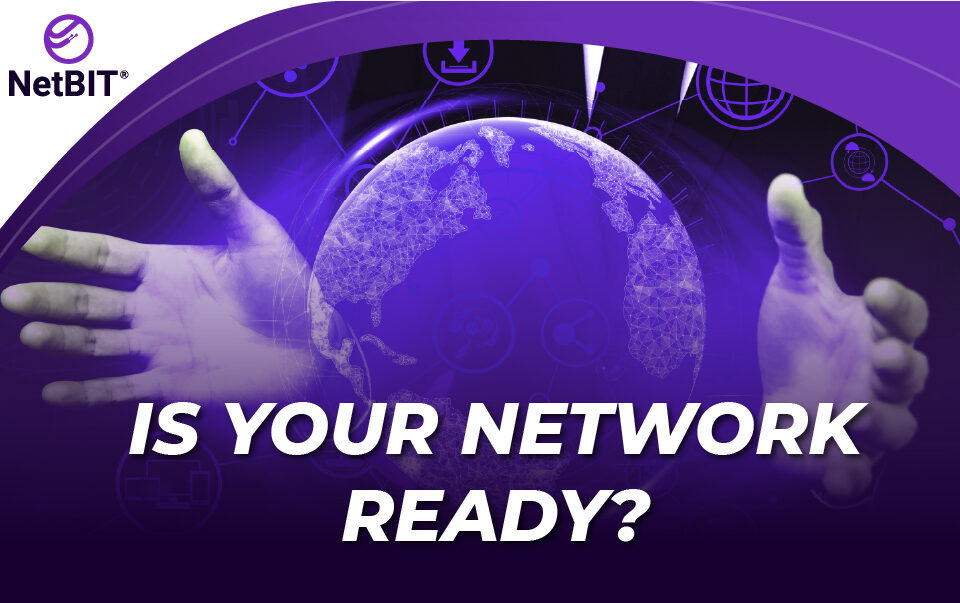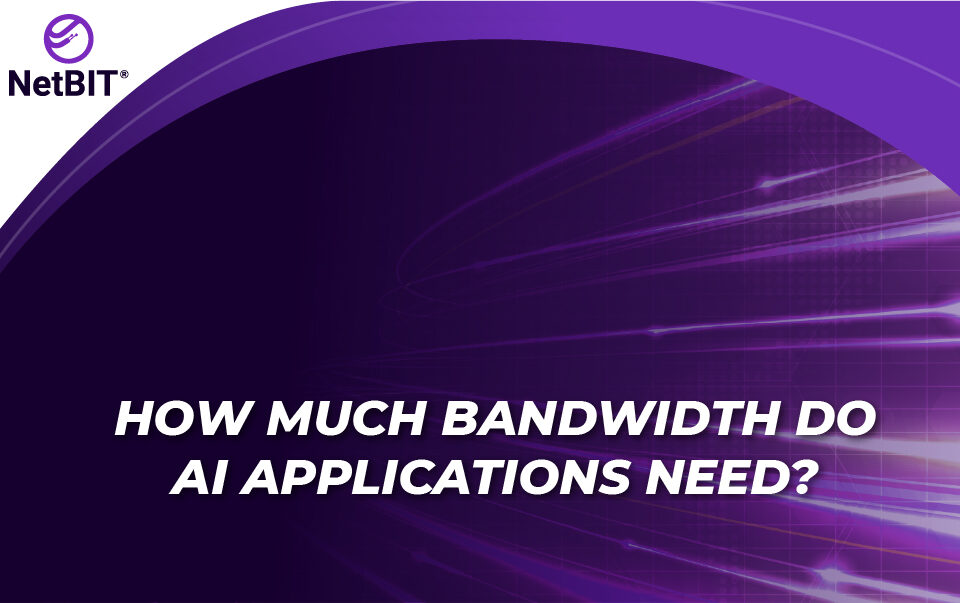Artificial intelligence (AI) has emerged as one of the main drivers of business transformation over the past decade. From chatbots capable of serving thousands of customers in seconds to algorithms that anticipate product demand, the promise is clear: reduce costs, increase efficiency, and improve the customer experience.
However, many companies discover that their return on investment (ROI) in AI does not meet expectations. The most frequent cause? A limited network infrastructure, incapable of supporting the data volume, processing speed, and scalability that AI solutions demand.
In this article, we explore how networking can either drive or hinder AI ROI, and why robust connectivity is the key to unlocking its full potential.
When networking limits the ROI of artificial intelligence
1. Reduced operational productivity
AI stands out in automating repetitive tasks: processing claims, responding to inquiries, or analyzing massive data sets. But when the network is slow or unstable, processes are delayed, models take longer to run, and productivity drops.
Example: an insurance company that uses AI to validate claims may take minutes instead of seconds per request due to network bottlenecks, undermining the efficiency originally promised.
2. Higher maintenance and support costs
Weak networks generate constant failures: interruptions, reconnections, and processes that must be restarted. This translates into more IT support hours, temporary patches, and the need for additional staff. These costs are rarely considered in initial ROI projections, but they gradually erode profitability.
3. Poor customer experience
Slow chatbots, recommendation engines that never load, or virtual assistants that fail damage customer trust. Satisfaction levels decrease, impacting retention, upselling opportunities, and overall brand perception.
Example: an e-commerce platform with an AI-powered recommendation engine may lose sales if personalized suggestions take too long to appear.
4. Less accurate strategic decisions
AI adds value by analyzing real-time data to support better decisions. But if the network delivers incomplete, delayed, or corrupted information, algorithms fail and predictions lose reliability. This leads to misaligned strategies and missed opportunities.
5. Restricted scalability
AI ROI grows as the company expands its applications across different areas. Yet a weak network acts as a brake, preventing the addition of more users, models, or applications. As a result, the expected growth never materializes, leaving the organization behind while competitors move forward.
PONENTES
NetBIT Secure
Symmetric / Dedicated Internet Service with Logical Security, composed of high quality and high end equipment.
NetBIT Secure adapts to the speed of your business.
Written SLA guarantee. Installation and implementation within days. Configurable policies according to your needs.
6. Loss of competitiveness
ROI is also measured in competitive advantage. A company with limited infrastructure cannot deploy AI at the speed or quality its rivals achieve. The outcome is reduced market share and declining revenue potential.
7. Hidden cloud costs
Many AI solutions run in the cloud, requiring continuous data transmission. A poor network often causes redundancies, retransmissions, or prolonged processes. This increases storage, processing, and bandwidth consumption beyond budgeted levels, undermining ROI.
8. Brand reputation at risk
ROI is not only measured in financial terms but also in reputation. A company that promotes “intelligent solutions” but delivers slow or unreliable services undermines customer and partner trust. The loss of credibility limits partnerships, reduces business opportunities, and makes attracting investment harder.
9. Low internal adoption and employee demotivation
When employees and executives experience slow systems, recurring failures, or inconsistent results, they lose confidence in AI. This creates resistance to change and reduces adoption across daily operations, lowering the expected ROI.
10. Lost opportunities for innovation
Companies with robust networks can experiment, test new models, and expand AI usage into different areas. In contrast, organizations with fragile infrastructures stick to the basics, unable to innovate for fear of system failures. This prevents them from realizing AI’s full strategic value.
How to maximize AI ROI with a strong network
For AI investments to deliver their full promise, networking must be designed to meet its demands:
-
Dedicated internet to guarantee consistent speed and stability.
-
Secure LAN-to-LAN connections for seamless data flows between offices or data centers.
-
Advanced firewalls and cybersecurity solutions to protect the sensitive data feeding algorithms.
-
Flexible scalability to grow without bottlenecks as business needs expand.
At NetBIT, we help companies build a solid network infrastructure that maximizes the value of every AI investment. Our solutions are designed to eliminate connectivity barriers, accelerate critical processes, and enable AI to deliver on its promise: transforming your business and strengthening competitiveness.








